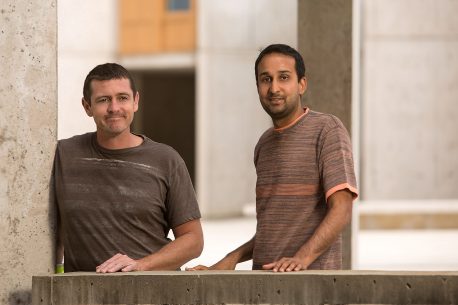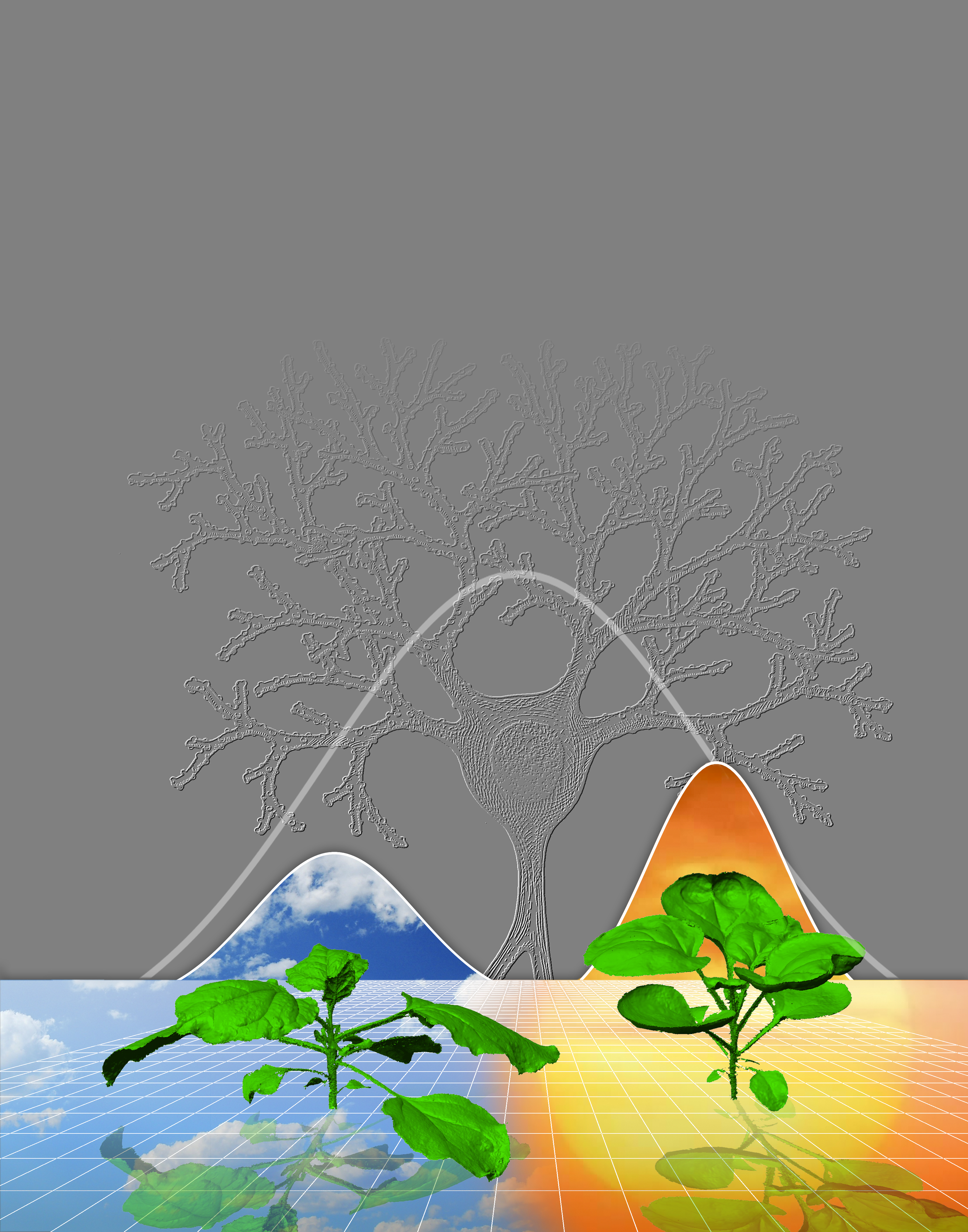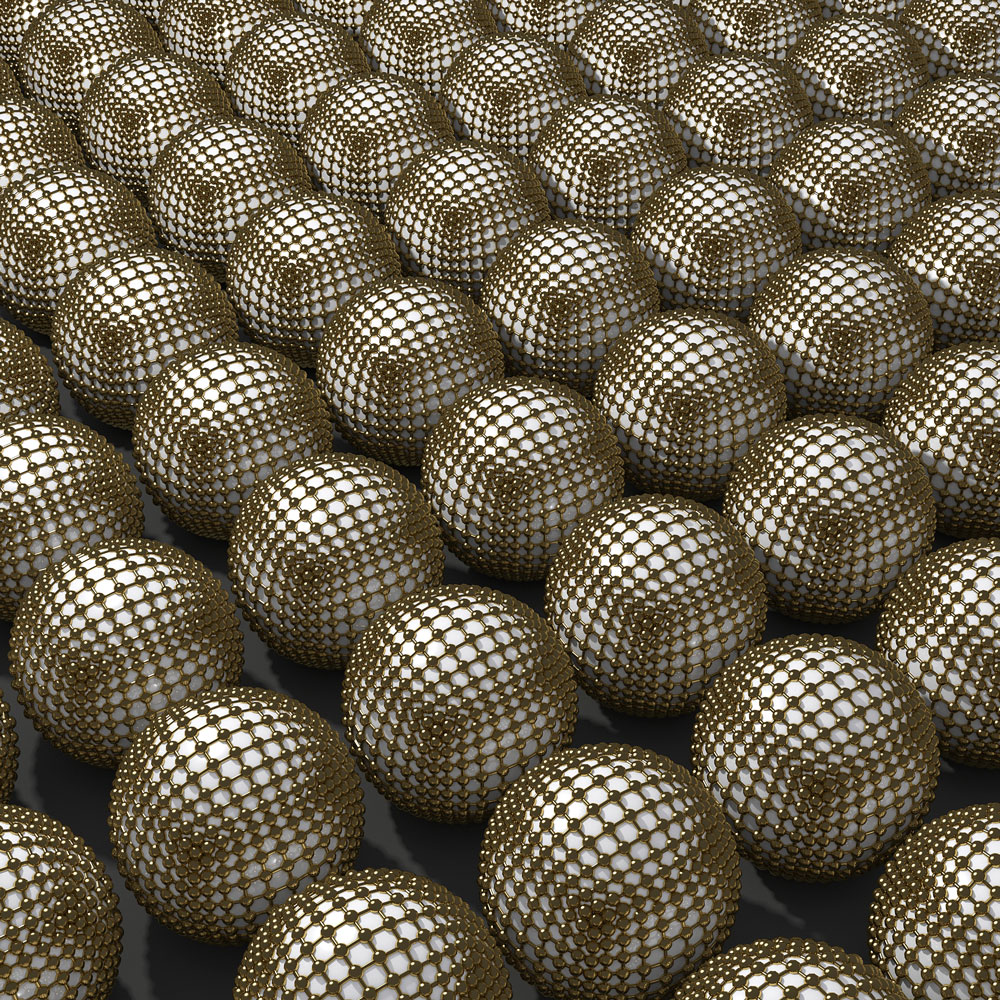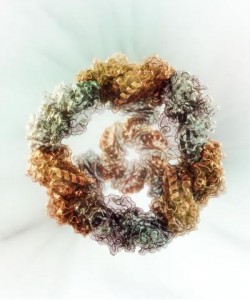It’s possible there’s a more dramatic development in the field of contemporary gene-editing but it’s indisputable that CRISPR (clustered regularly interspaced short palindromic repeats) -cas9 (CRISPR-associated 9 [protein]) ranks very highly indeed.
The technique, first discovered (or developed) in 2012, has brought recognition in the form of the 2020 Nobel Prize for Chemistry to CRISPR’s two discoverers, Emanuelle Charpentier and Jennifer Doudna.
An October 7, 2020 news item on phys.org announces the news,
The Nobel Prize in chemistry went to two researchers Wednesday [October 7, 2020] for a gene-editing tool that has revolutionized science by providing a way to alter DNA, the code of life—technology already being used to try to cure a host of diseases and raise better crops and livestock.
Emmanuelle Charpentier of France and Jennifer A. Doudna of the United States won for developing CRISPR-cas9, a very simple technique for cutting a gene at a specific spot, allowing scientists to operate on flaws that are the root cause of many diseases.
“There is enormous power in this genetic tool,” said Claes Gustafsson, chair of the Nobel Committee for Chemistry.
More than 100 clinical trials are underway to study using CRISPR to treat diseases, and “many are very promising,” according to Victor Dzau, president of the [US] National Academy of Medicine.
“My greatest hope is that it’s used for good, to uncover new mysteries in biology and to benefit humankind,” said Doudna, who is affiliated with the University of California, Berkeley, and is paid by the Howard Hughes Medical Institute, which also supports The Associated Press’ Health and Science Department.
The prize-winning work has opened the door to some thorny ethical issues: When editing is done after birth, the alterations are confined to that person. Scientists fear CRISPR will be misused to make “designer babies” by altering eggs, embryos or sperm—changes that can be passed on to future generations.
…
Unusually for phys.org, this October 7, 2020 news item is not a simple press/news release reproduced in its entirety but a good overview of the researchers’ accomplishments and a discussion of some of the issues associated with CRISPR along with the press release at the end.
I have covered some CRISPR issues here including intellectual property (see my March 15, 2017 posting titled, “CRISPR patent decision: Harvard’s and MIT’s Broad Institute victorious—for now‘) and designer babies (as exemplified by the situation with Dr. He Jiankui; see my July 28, 2020 post titled, “July 2020 update on Dr. He Jiankui (the CRISPR twins) situation” for more details about it).
An October 7, 2020 article by Michael Grothaus for Fast Company provides a business perspective (Note: A link has been removed),
…
Needless to say, research by the two scientists awarded the Nobel Prize in Chemistry today has the potential to change the course of humanity. And with that potential comes lots of VC money and companies vying for patents on techniques and therapies derived from Charpentier’s and Doudna’s research.
One such company is Doudna’s Editas Medicine [according to my search, the only company associated with Doudna is Mammoth Biosciences, which she co-founded], while others include Caribou Biosciences, Intellia Therapeutics, and Casebia Therapeutics. Given the world-changing applications—and the amount of revenue such CRISPR therapies could bring in—it’s no wonder that such rivalry is often heated (and in some cases has led to lawsuits over the technology and its patents).
As Doudna explained in her book, A Crack in Creation: Gene Editing and the Unthinkable Power to Control Evolution, cowritten by Samuel H. Sternberg …, “… —but we could also have woolly mammoths, winged lizards, and unicorns.” And as for that last part, she made clear, “No, I am not kidding.”
…
Everybody makes mistakes and the reference to Editas Medicine is the only error I spotted. You can find out more about Mammoth Biosciences here and while Dr. Doudna’s comment, “My greatest hope is that it’s used for good, to uncover new mysteries in biology and to benefit humankind,” is laudable it would seem she wishes to profit from the discovery. Mammoth Biosciences is a for-profit company as can be seen at the end of the Mammoth Biosciences’ October 7, 2020 congratulatory news release,
About Mammoth Biosciences
Mammoth Biosciences is harnessing the diversity of nature to power the next-generation of CRISPR products. Through the discovery and development of novel CRISPR systems, the company is enabling the full potential of its platform to read and write the code of life. By leveraging its internal research and development and exclusive licensing to patents related to Cas12, Cas13, Cas14 and Casɸ, Mammoth Biosciences can provide enhanced diagnostics and genome editing for life science research, healthcare, agriculture, biodefense and more. Based in San Francisco, Mammoth Biosciences is co-founded by CRISPR pioneer Jennifer Doudna and Trevor Martin, Janice Chen, and Lucas Harrington. The firm is backed by top institutional investors [emphasis mine] including Decheng, Mayfield, NFX, and 8VC, and leading individual investors including Brook Byers, Tim Cook, and Jeff Huber.
An October 7, 2029 Nobel Prize press release, which unleashed all this interest in Doudna and Charpentier, notes this,
Prize amount: 10 million Swedish kronor, to be shared equally between the Laureates.
In Canadian money that amount is $1,492,115.03 (as of Oct. 9, 2020 12:40 PDT when I checked a currency converter).
Ordinarily there’d be a mildly caustic comment from me about business opportunities and medical research but this is a time for congratulations to both Dr. Emanuelle Charpentier and Dr. Jennifer Doudna.




